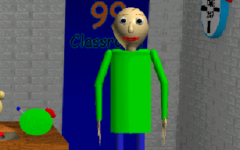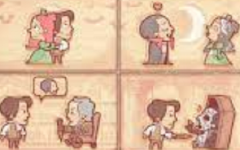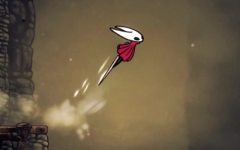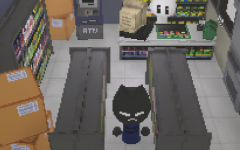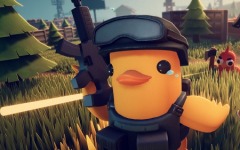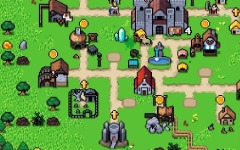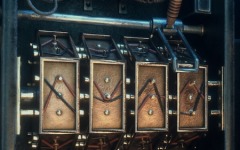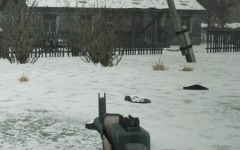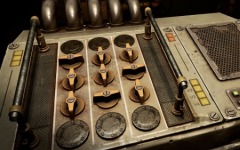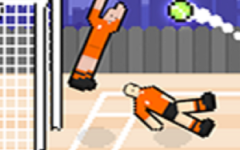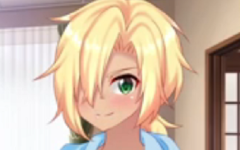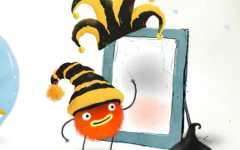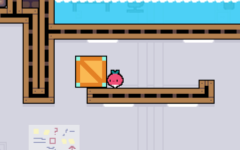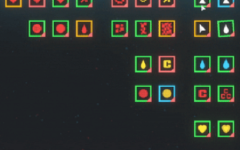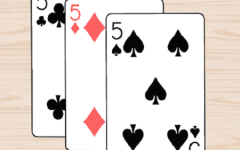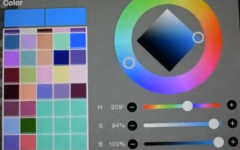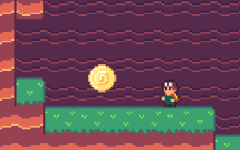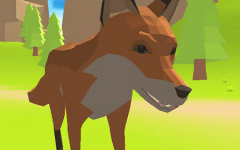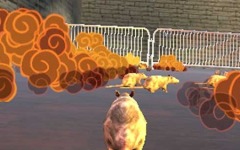Advertisement
Asriel Fight Simulator
Advertisement
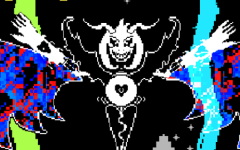
Asriel Fight Simulator presents a single extended encounter designed to measure the player’s ability to adapt under constant pressure. Built around the concept of a boss battle without any story interruptions, it isolates the essential aspects of action and timing. The player controls a small heart symbol that must avoid a continuous stream of projectiles and energy attacks. There are no dialogues, no breaks, and no shortcuts — the entire game is a test of endurance and rhythm. What makes the simulator notable is its complete focus on player performance, removing randomness and relying on precision as the main form of progress.
Main Features And Gameplay Flow
The simulator divides the confrontation into structured phases, each adding a layer of difficulty. Every round introduces new projectile patterns, movement directions, or attack speeds. This evolution turns the fight into a learning sequence rather than a simple challenge.
Core components of the simulator include:
- A single health indicator represented by the heart symbol
- Distinct attack phases that combine visual and sound cues
- Pattern-based projectiles that increase in speed over time
- Continuous restart mechanics encouraging repetition and mastery
This structure allows the player to analyze each defeat, understand its cause, and make small improvements in the next attempt. The loop of failure and correction forms the essence of gameplay.
Strategy And Player Learning
To advance in Asriel Fight Simulator, players rely on observation more than reaction. Each pattern can be learned through rhythm, movement spacing, and the use of safe areas on the screen. A successful run requires maintaining focus for extended periods and controlling panic when the pace accelerates. It is common for players to record their attempts or practice short sequences repeatedly until timing becomes instinctive. The learning process mirrors skill training found in rhythm and precision games, where consistent repetition leads to gradual mastery rather than sudden breakthroughs.
Difficulty Curve And Motivation
The simulator’s difficulty is deliberately linear, avoiding random spikes while maintaining continuous pressure. As new phases begin, projectiles may overlap or change trajectory unexpectedly, forcing a new approach each time. Because of its design, even a small improvement — lasting a few seconds longer or clearing one more pattern — feels rewarding. This creates a cycle of persistence where motivation stems from measurable personal progress. Players who continue practicing often report a shift from frustration to flow, describing the experience as controlled concentration rather than chaos.





















































































































